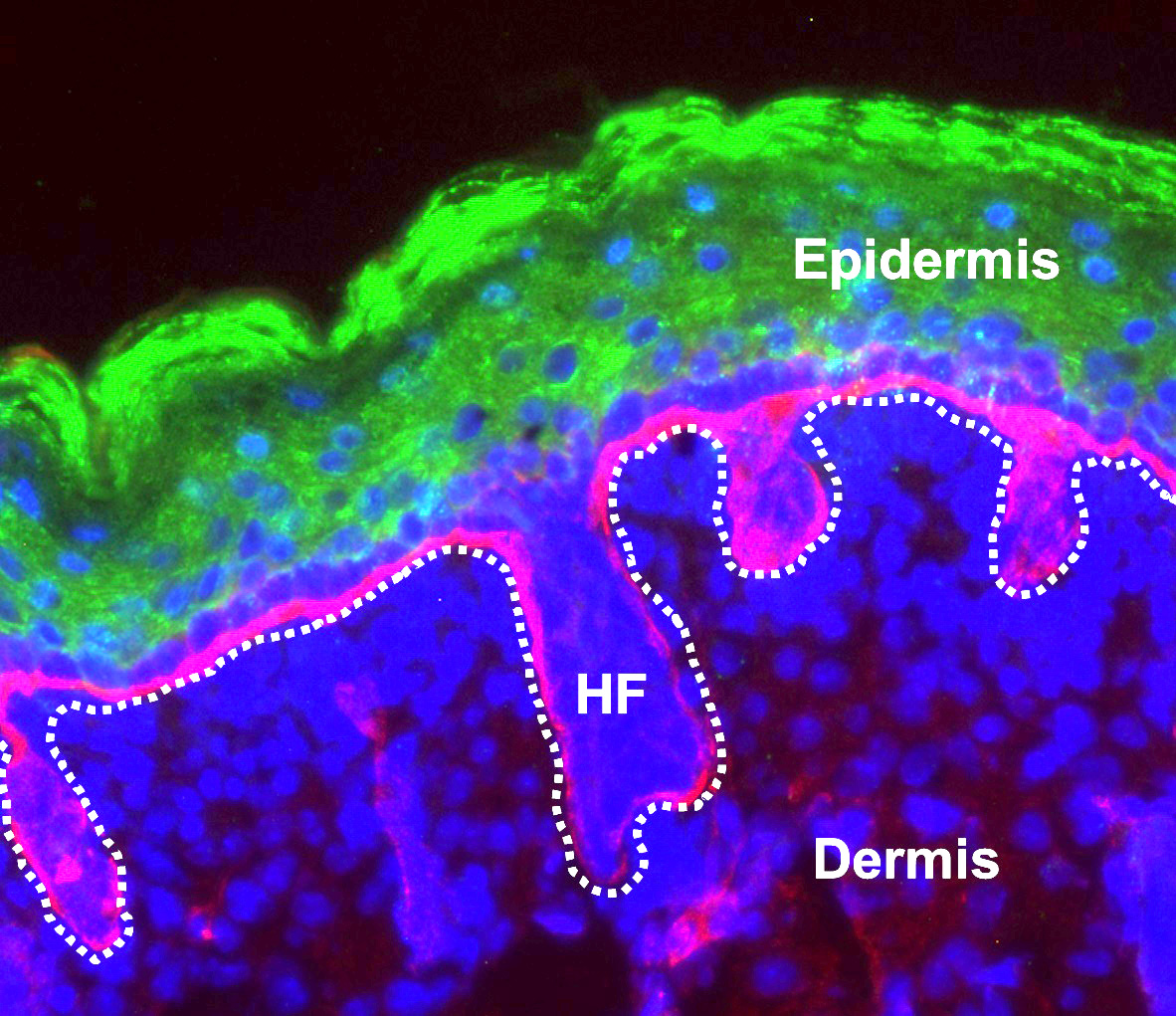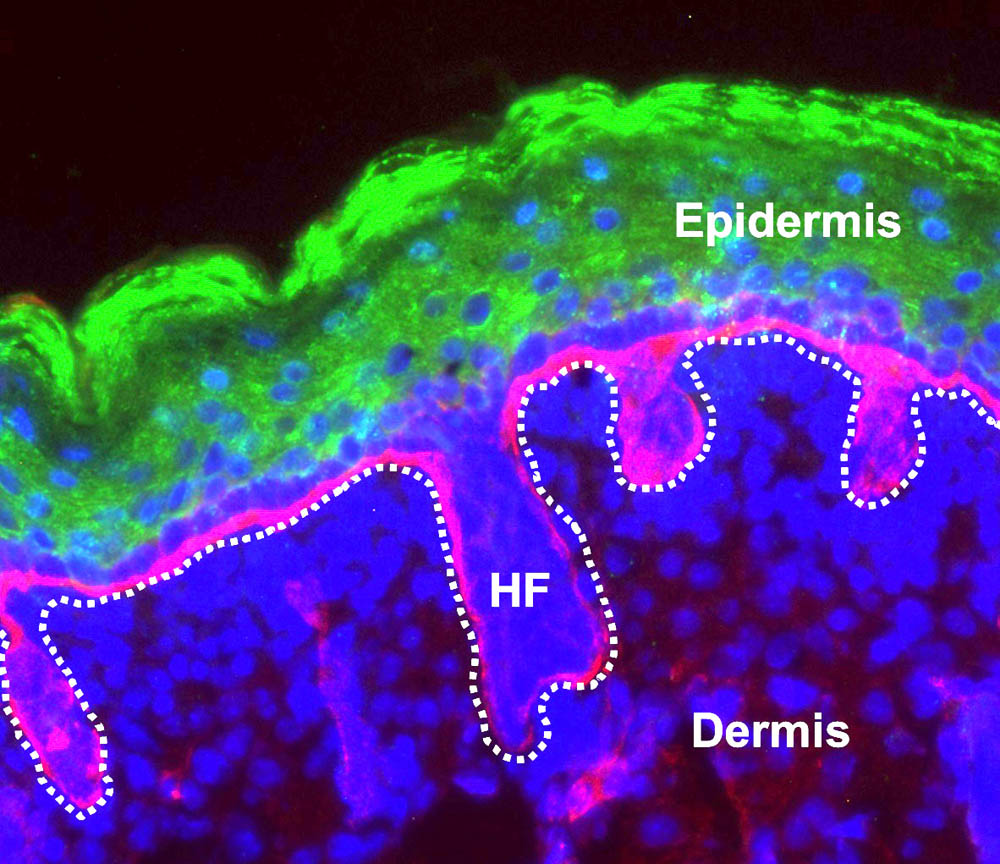This gene-edited skin can detect its own glucose levels
The future is now

"Constant finger pricks" to test blood for glucose levels is an annoying but essential fact of a diabetic's life, said Antonio Regalado at Technology Review. But a University of Chicago team says it has developed a potentially groundbreaking solution, turning gene-edited skin into "its own blood-sugar sensor." The team modified skin cells from a mouse using the gene-editing technique CRISPR, adding an E. coli gene that forms a protein that sticks to sugar molecules, plus DNA that produces fluorescent molecules.

When the E. coli protein stuck to sugar and changed shape, it moved the fluorescent molecules closer or further apart, creating a signal the team could see with a microscope. Grafted back onto the animals, the skin sensor proved to be as accurate as a blood test and required no battery. The next step is to adapt the technique to work on humans.
A free daily email with the biggest news stories of the day – and the best features from TheWeek.com
The Week
Escape your echo chamber. Get the facts behind the news, plus analysis from multiple perspectives.

Sign up for The Week's Free Newsletters
From our morning news briefing to a weekly Good News Newsletter, get the best of The Week delivered directly to your inbox.
From our morning news briefing to a weekly Good News Newsletter, get the best of The Week delivered directly to your inbox.
-
 How the Bondi massacre unfolded
How the Bondi massacre unfoldedIn Depth Deadly terrorist attack during Hanukkah celebration in Sydney prompts review of Australia’s gun control laws and reckoning over global rise in antisemitism
-
 Received a gift card this holiday season? Here’s how to maximize it.
Received a gift card this holiday season? Here’s how to maximize it.The Explainer Make the most of your present
-
 ‘Lumpy skin’ protests intensify across France as farmers fight cull
‘Lumpy skin’ protests intensify across France as farmers fight cullIN THE SPOTLIGHT A bovine outbreak coupled with ongoing governmental frustrations is causing major problems for French civil society